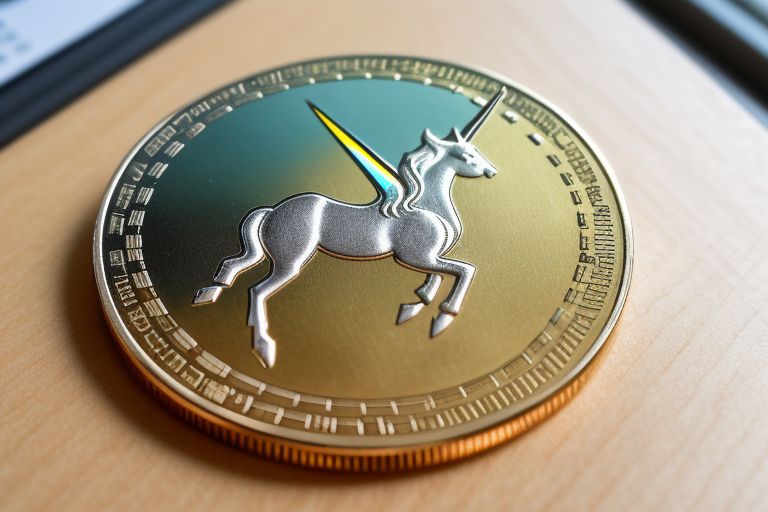In a record-breaking turnout, more Americans than ever flocked to both physical stores and online retailers during the Thanksgiving and Black Friday holiday weekend this year. However, despite the surge in shoppers, the spending numbers didn’t quite match the records set in recent years.
According to the National Retail Federation (NRF), the largest trade group in the retail industry, approximately 200.4 million people, which represents over 60% of the U.S. population, participated in the shopping frenzy that spanned from Thanksgiving to Black Friday and continued through Cyber Monday. This impressive figure surpassed last year’s record of 196.7 million shoppers.
Changing Shopping Habits
Breaking down the shopping methods, about 134.2 million consumers chose the convenience of online shopping, opting to avoid crowded stores, while 121.4 million individuals preferred the traditional in-store experience during the five-day shopping extravaganza. The NRF’s projection of 182 million shoppers was comfortably exceeded.
Spending Trends
However, while the number of shoppers reached new heights, the total amount spent on traditional seasonal gifts, decorations, and food witnessed a slight dip. On average, consumers spent $321.41, excluding inflation adjustments, on these categories compared to $325.44 during the same period last year. A significant portion of this expenditure, approximately $227, was allocated to gift purchases. This figure falls notably short of the 2019 record, where the average spending on holiday purchases reached $361.
Surprising Trends
While most purchases typically revolve around expected Christmas gifts such as clothing, accessories, toys, gift cards, books, and video games, there was a noteworthy addition to the list of sought-after products. For the first time, personal care and beauty items broke into the top five most popular gifts purchased over the Thanksgiving weekend, as highlighted by NRF CEO Matt Shay.
The Thanksgiving holiday weekend marks the commencement of the year-end gift-buying rush, a pivotal period for retailers, as November and December combined can account for approximately 20% of stores’ annual sales.
Holiday Sales Outlook
The NRF projects a slowdown in holiday sales growth for the current year, expecting a 4% increase (excluding inflation adjustments) from November 1 to December 31. This is a drop from the 5.4% increase witnessed in 2022. The anticipated slowdown is attributed to households reevaluating their budgets in light of rising prices, the resumption of student loan repayments, and higher interest and mortgage rates.
Industry experts have noted that Black Friday discounts primarily ranged from 25% to 30%, which may represent the promotional levels planned by retailers. However, retailers might entice shoppers with deeper discounts as the holiday season progresses.
Online Shopping Records
According to the NRF, Black Friday outperformed Cyber Monday as the preferred day for online shopping. Nonetheless, a separate report by Adobe Analytics showed that online Black Friday sales reached a record-breaking $9.8 billion, marking a 7.5% increase from the previous year (excluding inflation adjustments). Cyber Monday was even more robust, with consumers spending $12.4 billion, representing a 9.6% increase from 2022.
In-Store Sales
Despite the surge in online shopping, in-store sales on the day after Thanksgiving experienced more modest growth, rising by just 1%, according to a report from Mastercard’s SpendingPulse insights.
The Thanksgiving weekend witnessed a remarkable surge in shoppers, breaking previous records. However, the total spending on holiday-related items saw a slight dip compared to previous years, with changing shopping habits and economic factors influencing consumer behavior. As the holiday season continues, retailers may adjust their promotional strategies to maintain shopper enthusiasm.




















+ There are no comments
Add yours